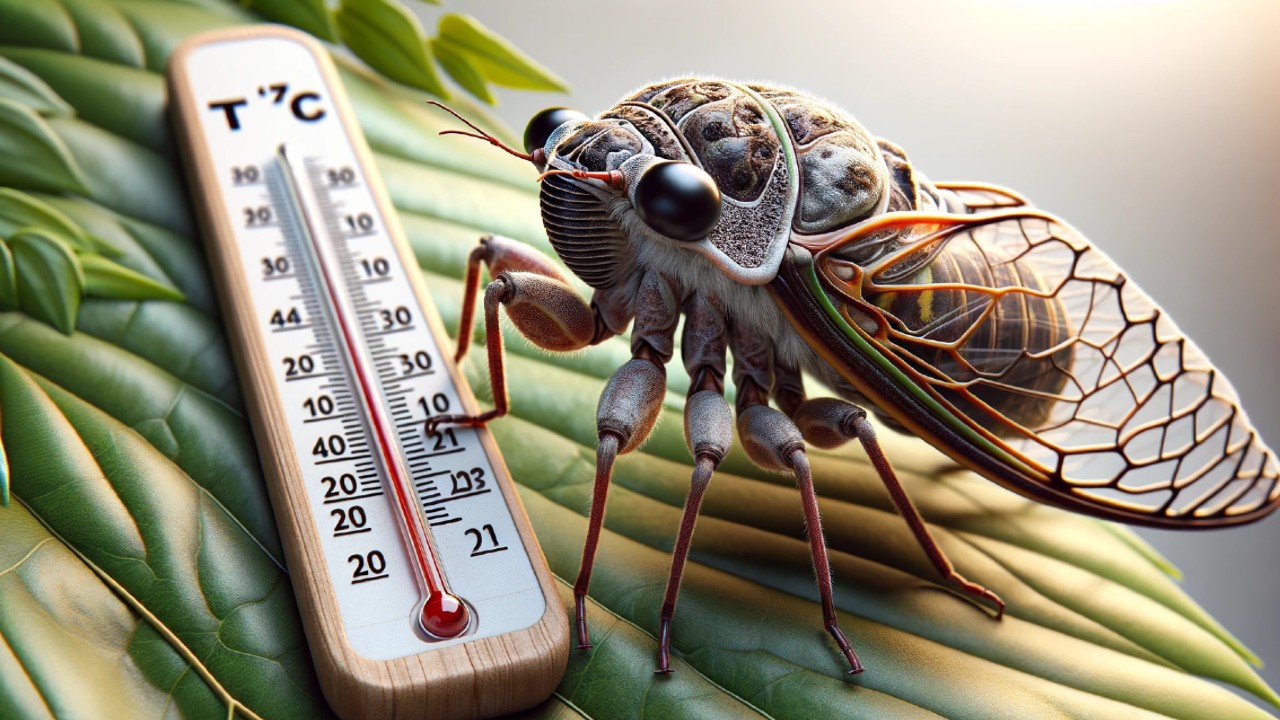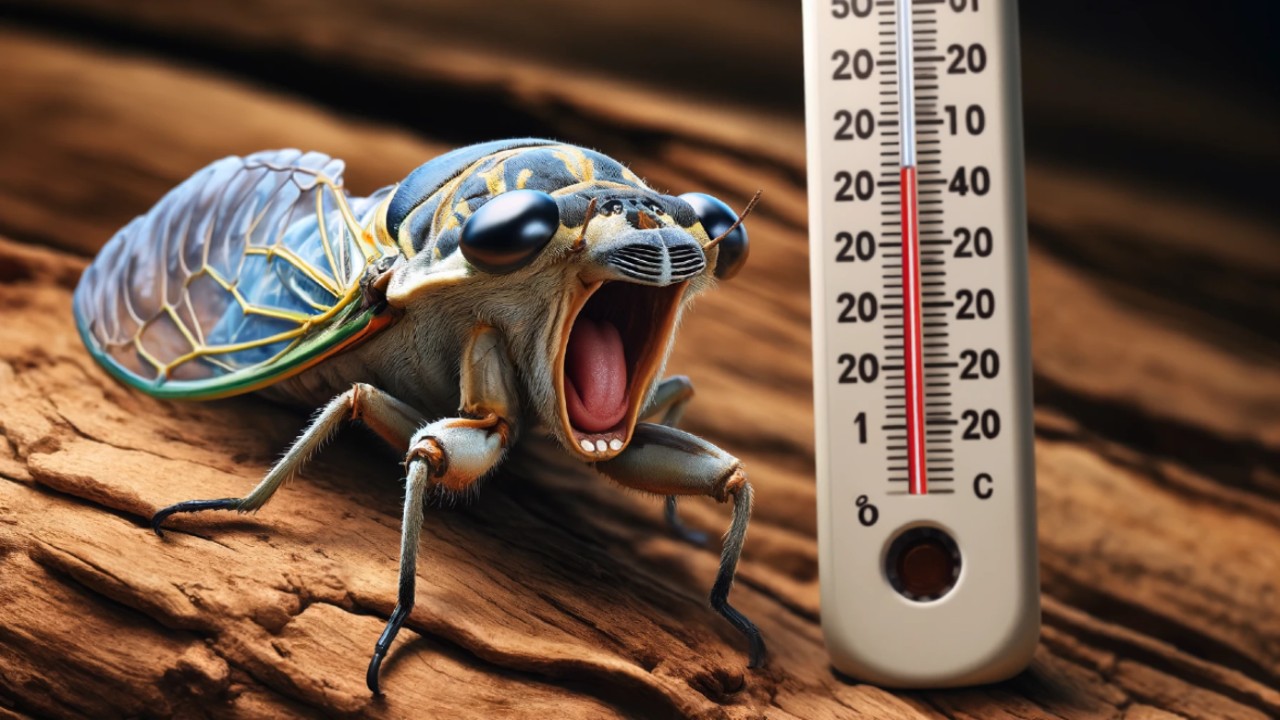Summer evenings are not the only place where the words cricket and warmth come together. There is much more: Measuring temperature with the sound of crickets! But how?
Offering a fun way to measure temperature based on a simple formula Dolbear’s Law It’s actually quite interesting. Moreover, it is some cool information that you can sell in social media.
“How does temperature have anything to do with a cricket?” If you think so, before increasing your curiosity further: how is it possible Let’s explain.
According to Dolbear’s Law, the sound made by crickets is related to air temperature.
Proposed by American physicist Amos Dolbear in 1897, Temperature can be measured by the sound of crickets The formula of the defending law is as follows:
This formula is used when more than 40 crickets are heard per minute. Ncricket The ratcheting sound it makes within 1 minute is T, Representation of air temperature in Fahrenheit. According to the formula, for every 4 increases in the number of cricket sounds, the temperature increases by an average of 1 degree Fahrenheit.
Let’s explain it with specific numbers:
30 degrees is 86 in Fahrenheit. During this time, a cricket chirps 96 times according to the formula 86=50(N-40)/4. So we can say that it beeps 96 times per minute.
Conversely, if you count the number of times a cricket chirps for 10 seconds and find 10, you can expand this number by 6 and calculate the chirps per minute. There are 60 chirps you can conclude. According to the result of the equation T=50+((60-40)/4), T=55 Fahrenheit, that is, 12.8 degrees.
The formula may vary depending on the species of crickets.

As a result of the studies conducted after the first formula, crickets in different types, It was understood that different formulas may emerge, but when we look at the generality, it is actually always the same. Let’s show it using the formula:
In the above formula a B C letters; may vary from species to species. Also, of course, this method of measuring temperature, It is not 100% accurate either. It may vary depending on environmental factors. Still, it’s fun to calculate and has some accuracy.
So how does the sound of a cricket change depending on temperature?

The reason why the cricket’s chirping speed varies according to temperature is because it is cold-blooded or They are “ectothermic”. That is, their body temperature is the same as the outside temperature.
The sound they make requires muscles to contract, and temperature determines how quickly the chemical reaction necessary for muscle contraction can occur. Thus, muscles contract faster in hot weather. making noise more often is provided.
Our other content that may interest you:
RELATED NEWS
Why Do Cicadas, Which Are Currently Singing “Chirping”, Only Appear in August?
RELATED NEWS
